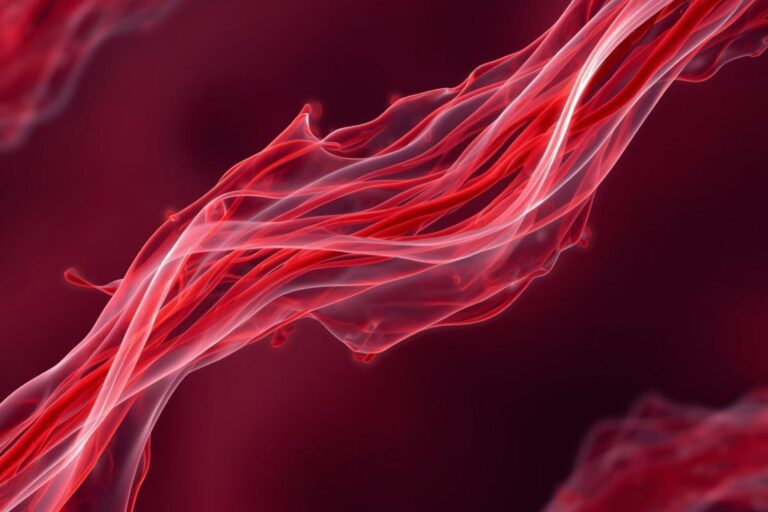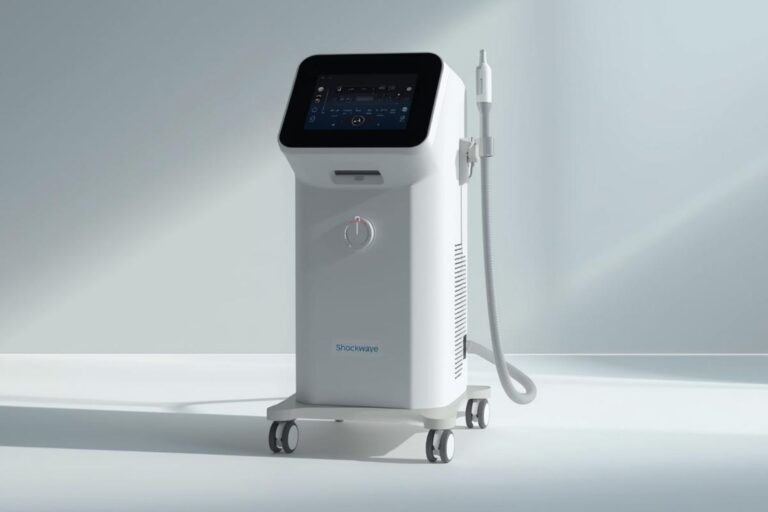The Science of Blood Flow and Erectile Strength – How Shockwave Therapy Restores Rigidity
Androhaus – Shockwave Therapy
A firm erection depends on healthy blood flow, balanced hormones, and responsive nerve signalling. When any of these mechanisms weaken, the result is often a partial or soft erection. Many men notice that over time, their erection won’t be as hard or may fade during intercourse. Understanding why this happens — and how modern therapies such as Shockwave Therapy help restore rigidity — is key to addressing the problem effectively and safely.
1. Understanding the Vascular Basis of Erections
An erection is primarily a vascular event. During sexual arousal, the brain sends signals through the spinal cord to the penile arteries, triggering the release of nitric oxide (NO). This molecule causes smooth muscle relaxation, allowing blood to fill the corpora cavernosa — two sponge-like chambers within the penis.
As pressure builds, veins compress, trapping blood and creating rigidity.
If any part of this process is disrupted — from arterial stiffness to endothelial dysfunction — the penis cannot maintain sufficient internal pressure, and the erection loses firmness.
Common Vascular Contributors:
Atherosclerosis – narrowing of arteries reduces blood inflow.
Endothelial damage – the inner lining of blood vessels fails to produce enough nitric oxide.
Venous leak – blood escapes too quickly from the erectile tissue.
Diabetes mellitus – long-term damage to small vessels and nerves.
2. Hormones, Nerves, and Erectile Function
While blood flow plays the largest role, hormones and nerve pathways are also essential. Testosterone supports libido, erectile tissue health, and nitric oxide synthesis.
Meanwhile, the autonomic nervous system (sympathetic and parasympathetic) coordinates the contraction and relaxation of smooth muscles in penile arteries.
Deficiencies or disruptions in these systems may contribute to why an erection won’t be as hard even when sexual desire is present.
3. Diagnostic Evaluation Before Treatment
Before initiating therapy, it is medically important to determine the underlying cause of reduced erection strength.
At Androhaus, assessments typically include:
Hormone testing (Testosterone, SHBG, LH, FSH, Prolactin)
Vascular assessment using penile Doppler ultrasound
Metabolic screening (lipid profile, glucose tolerance)
Lifestyle evaluation (smoking, exercise, diet, stress levels)
A clear diagnosis ensures treatment targets the true physiological source rather than just the symptoms.
4. Shockwave Therapy and Penile Revascularisation
Low-Intensity Extracorporeal Shockwave Therapy (Li-ESWT) is a regenerative approach to erectile dysfunction. It delivers controlled acoustic energy into the penile tissue, initiating biological responses that support vascular repair.
Mechanism of Action
Microvascular Regeneration – Stimulates new blood vessel growth (angiogenesis).
Increased Nitric Oxide Production – Improves smooth muscle relaxation.
Stem Cell Recruitment – Activates growth factors (VEGF, eNOS) to aid tissue repair.
Improved Endothelial Function – Enhances blood flow regulation.
Together, these effects restore penile hemodynamic balance — the relationship between inflow and outflow — essential for achieving a firm, stable erection.
5. Clinical Outcomes and Research Findings
Over the past decade, multiple peer-reviewed studies have shown consistent, positive results with Li-ESWT:
Erection Hardness Score (EHS) improvements observed in 60–75% of men.
Sustained results lasting up to 12–24 months post-therapy.
Enhanced response to PDE5 inhibitors (e.g., sildenafil) when combined with Shockwave Therapy.
The treatment is non-invasive, painless, and drug-free — ideal for patients unable to take oral medication.
6. Safety and Treatment Protocol
Shockwave Therapy for erectile dysfunction is performed using a clinical-grade urological device.
Protocol Overview:
Duration: 15–20 minutes per session
Frequency: Typically 6 sessions, twice weekly
Recovery: Immediate return to daily activity
Mild tingling or warmth may occur, but discomfort is minimal and no anaesthetic is required.
7. The Broader Health Context
A softer erection is often an early sign of broader vascular issues. Erectile dysfunction shares risk factors with hypertension, obesity, and coronary artery disease.
Addressing ED early can serve as a predictive marker for cardiovascular health and improve overall wellbeing.
Recommended Lifestyle Measures:
Regular aerobic exercise
Diet rich in omega-3 and antioxidants
Reduced alcohol intake
Sufficient sleep and stress control
Smoking cessation
These habits enhance endothelial health and amplify the benefits of Shockwave Therapy.
8. Summary
When an erection won’t be as hard as before, it often reflects reduced vascular efficiency rather than psychological failure.
Modern regenerative treatments like Shockwave Therapy reverse this process by stimulating new blood vessel growth and restoring natural blood flow.
This evidence-based, drug-free approach offers a safe and effective path to regaining erectile strength and confidence.
References
Vardi Y, et al. J Sex Med. 2010.
Kalyvianakis D, et al. J Urol. 2018.
Fojecki GL, et al. Eur Urol Focus. 2019.
European Association of Urology (EAU) Guidelines, 2024.
Burnett AL. J Am Coll Cardiol. 2019.






